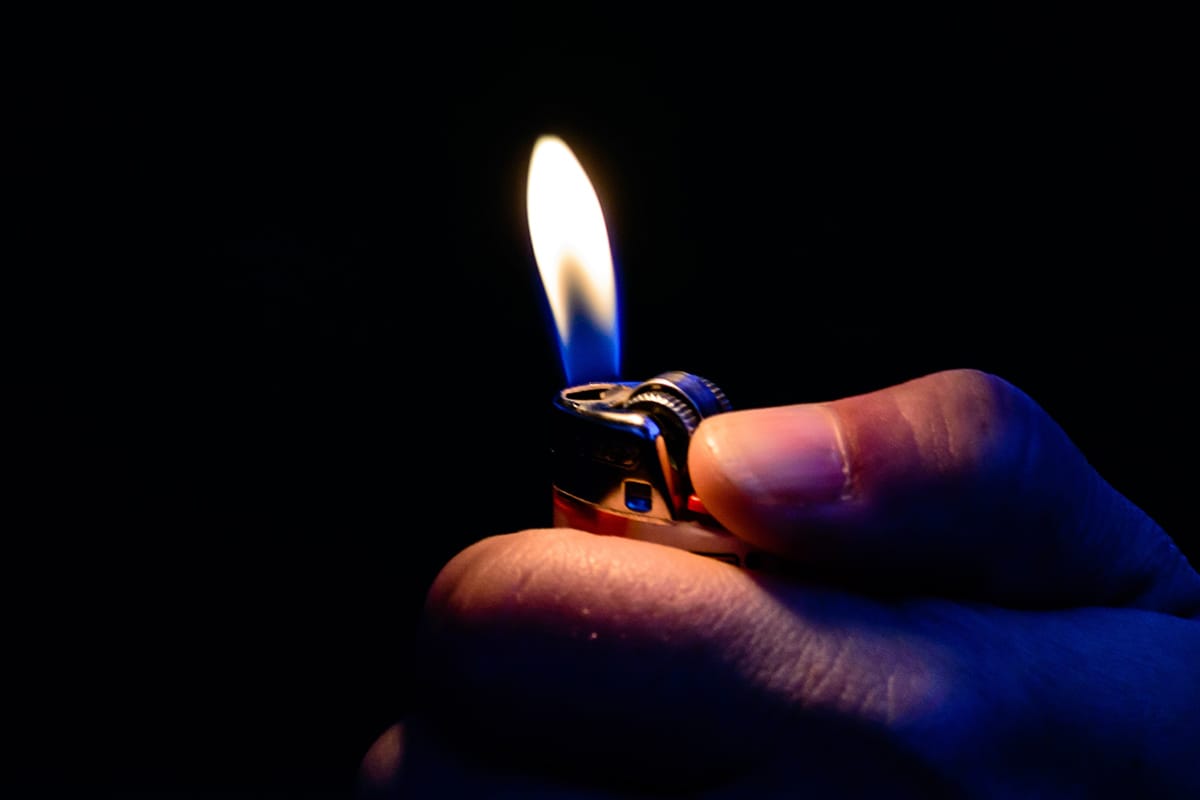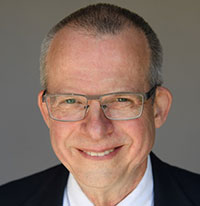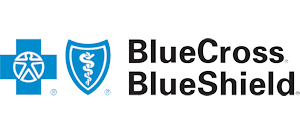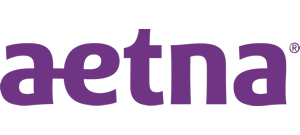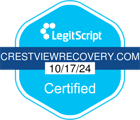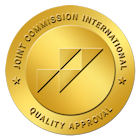Dabs are an up and coming drug making the rounds with both teens and adults. Dabbing is especially dangerous because it’s only become mainstream in recent years. While dabs have been around since the 1970s, they’ve become popular in drug use circles over the past few years.
Here are some things to keep in mind about marijuana dabs:
- Dabs are most commonly used by people ages 18–25
- The average dab user consumes about one gram of cannabis per day
- About 30% of dab users report experiencing negative effects from using dabs, such as anxiety, paranoia, and dizziness
If you or a loved one struggles with marijuana abuse our marijuana addiction rehab in Portland, Oregon can help you regain control over your habit.
What are Marijuana Dabs?
Dabbing is the consumption of concentrated marijuana oil. Butane or carbon dioxide serves as a solvent to extract oil from the marijuana plant. This concentrated oil is a dabs drug. Under heat, the dab (often in a wax form) begins to vaporize. The vapor is then inhaled by the user through a dab rig, like a bong or pipe.
THC is highly concentrated in dabs, meaning that a small amount can have potent effects. This also means that the risks associated with dabbing are higher than those associated with other forms of cannabis use.
The THC content in dabs can be as high as 90%, which is much higher than the 20–30% THC content in most regular strains of marijuana. The concentration level varies depending upon the skill of the person creating the dab, as well as the method used to extract the oil. It’s impossible to know the concentration of THC in one. Users take a gamble each time they use. Each use risks an uncomfortable, disorienting, uncontrollable high. This is different from the feeling associated with conventional marijuana use.
Many users feel that dabs provide a smoother, simpler flavor and high than smoking traditional marijuana. Inhaling the drug relies on vapor only (not smoke). This means that users are not exposed to the carcinogens created by burning plant matter. Some users believe that dabbing is safer than traditional marijuana since the process doesn’t involve smoke. Since they are not regulated in most areas, it’s impossible to know what’s actually in a dab. Many dabs have residue from the butane oil used to extract THC from the marijuana plant.
There are many names for dabs, including:
- Keef
- Live resin
- Bubble hash
- Wax
- Shatter
- Rosin
Why Dabs Are Dangerous

If you’ve been searching for more information on “what are dabs,” you may be wondering why they’re dangerous. Some users believe that they are safer than smoking marijuana. While dabs do offer the benefit of a pure vapor inhalation experience, this does not make the use of dabs safe. This high level of THC concentration creates a high for the user different from that associated with typical marijuana use.
Many recreational marijuana users turn to dabbing to get high faster. This quick, strong high has a greater potential to become addictive than the high associated with conventional marijuana. Dabs pack a punch close to smoking four joints.
Ingesting dab vapor is dangerous, and creating it can pose a safety threat as well. Many amateur producers attempt to use butane in their garages or kitchens to extract THC from marijuana leaves. This process can result in fires, injuries, and explosions when not executed correctly.
Clearly, dabbing can be extremely dangerous. The high concentrations of THC may lead to psychotic episodes, paranoia, and anxiety. Dabs are also more likely to contain impurities that can be harmful to the lungs. Because dabbing is a relatively new phenomenon, the long-term effects are not well understood. However, it is clear that dabbing is not safe and can be very dangerous. If you or someone you know is using dabs, it’s important to get help as soon as possible.
Marijuana Addiction Treatment
Marijuana addiction treatment focuses on helping individuals struggling with marijuana or dab use addiction to achieve and maintain abstinence. Treatment may take the form of individual counseling, group therapy, support groups, or residential treatment programs. Treatment typically involves behavioral therapies such as cognitive-behavioral therapy (CBT), educational programs that provide insight into the biological and social effects of the drug, and relapse prevention programs. Treatments also often include medical assistance to address physical health conditions related to marijuana use or withdrawal symptoms. Treatment should be tailored to an individual’s specific needs in order to ensure the best possible outcome.
Marijuana addiction treatment can be a long-term process that requires commitment from both the individual and their support system. Recovery is possible, and individuals can find help from professional addiction treatment programs that specialize in marijuana dependence.
Get Help From Crestview Recovery
While some people believe that marijuana itself is not physically addictive, most agree that dabs do carry the potential for addiction. The instant, concentrated blast of THC is especially addictive for people who already struggle with depression, anxiety, and anxiety-related disorders. People who do this tend to develop a high tolerance for THC, requiring more and more of the substance to achieve the carefree, high feeling they crave. That is exactly the kind of tolerance that leads to addiction with any number of substances.
If you or a loved one have been struggling with addiction, help is available. It can be tempting to stop trying to dab on your own. Most people who try this are unsuccessful. The recovery process can feel impossible if your brain gets regular doses of high concentrations of THC. Choose a reputable drug rehab center that understands the importance of both overcoming the factors that caused the addiction and creating a plan to keep you clean in the future.
In the beautiful Pacific Northwest, Crestview Recovery is here to help you get your life back. Take a deep breath, and take the first step–call us today to get the help you need.

